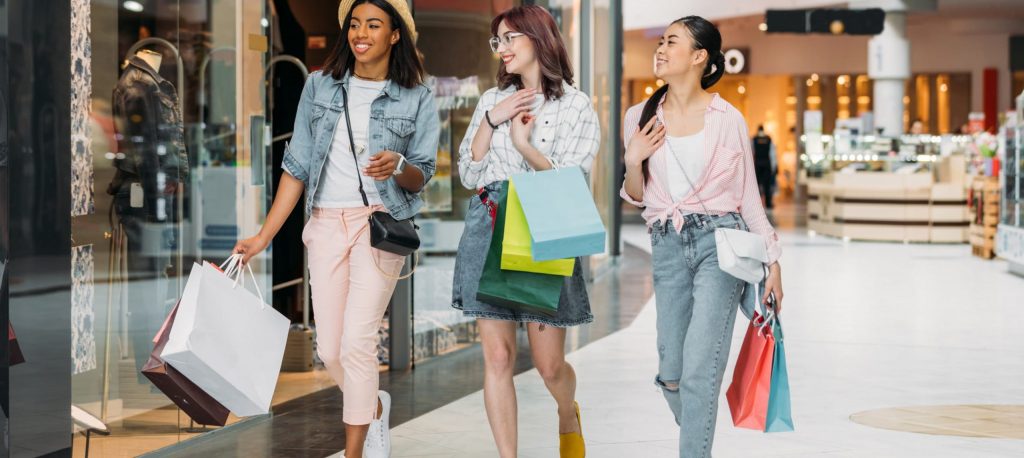In today's interconnected world, the way people buy goods has undergone a significant transformation. With the advent of technology and the rise of e-commerce, traditional brick-and-mortar stores are no longer the sole destination for consumers. In this blog post, we will delve into the various channels and platforms where people now purchase goods, considering both online and offline options. By understanding these trends, businesses can adapt their strategies to meet the evolving needs of consumers.
- The Rise of E-commerce:
With the convenience and accessibility it offers, e-commerce has revolutionized the way people buy goods. Online marketplaces like Amazon, eBay, and Alibaba have become go-to platforms for a wide range of products. Consumers can browse through extensive catalogs, compare prices, read reviews, and make purchases from the comfort of their homes. The ease of online shopping has attracted a significant portion of consumers, making e-commerce a dominant force in the retail industry. - Mobile Commerce:
The proliferation of smartphones has given rise to mobile commerce or m-commerce. With mobile apps and optimized websites, consumers can now shop on the go. Retailers have capitalized on this trend by offering seamless mobile shopping experiences, including features like mobile payment options, personalized recommendations, and location-based offers. Popular m-commerce platforms include Amazon Mobile, AliExpress, and various retailer-specific apps. - Social Commerce:
Social media platforms have transformed into more than just spaces for connecting with friends and sharing content. They have become powerful channels for buying goods. Social commerce integrates e-commerce with social media, allowing users to discover, share, and purchase products directly within the platforms. Instagram, Facebook Marketplace, and Pinterest Buyable Pins are examples of social commerce platforms that enable businesses to showcase their products and connect with potential customers. - Omni-channel Retailing:
Recognizing the importance of providing a seamless shopping experience across multiple channels, retailers have embraced omni-channel retailing. This approach integrates online and offline channels to offer customers a cohesive experience. Consumers can research products online, visit physical stores for a hands-on experience, and make purchases through various channels. Retailers like Walmart, Target, and Best Buy have successfully implemented omni-channel strategies, ensuring that customers can buy goods wherever and however they prefer. - Local Markets and Specialty Stores:
While e-commerce and online platforms dominate the retail landscape, local markets and specialty stores still hold significance. These establishments cater to niche markets, offering unique and specialized products. Farmers' markets, craft fairs, and boutique stores provide consumers with an opportunity to support local businesses, experience personalized service, and find distinctive goods that may not be readily available through mainstream channels.
Conclusion:
The way people buy goods has evolved significantly, driven by technological advancements and changing consumer preferences. E-commerce, mobile commerce, social commerce, omni-channel retailing, and local markets all play a role in shaping the modern retail landscape. Businesses must adapt to these trends, leveraging the opportunities presented by each channel to reach and engage with their target audience effectively. By understanding where people buy goods, companies can optimize their strategies and stay ahead in the competitive market.


More Stories
Lidi Toys Launches the Best Mini Soccer Goal for Kids: Perfect for Backyard Fun!
How To Choose The Right Fiber Discs To Achieve The Best Grinding Performance
Eco-Friendly Tobacco: A Greener Choice for Conscious Smokers